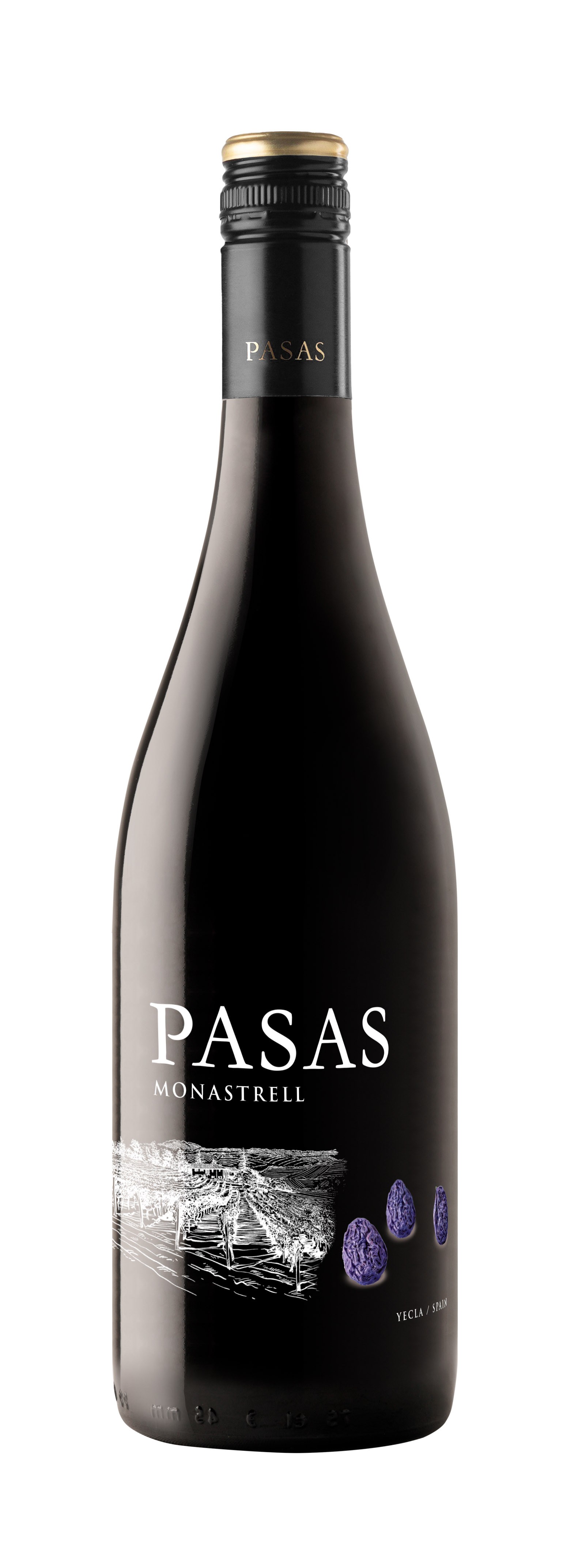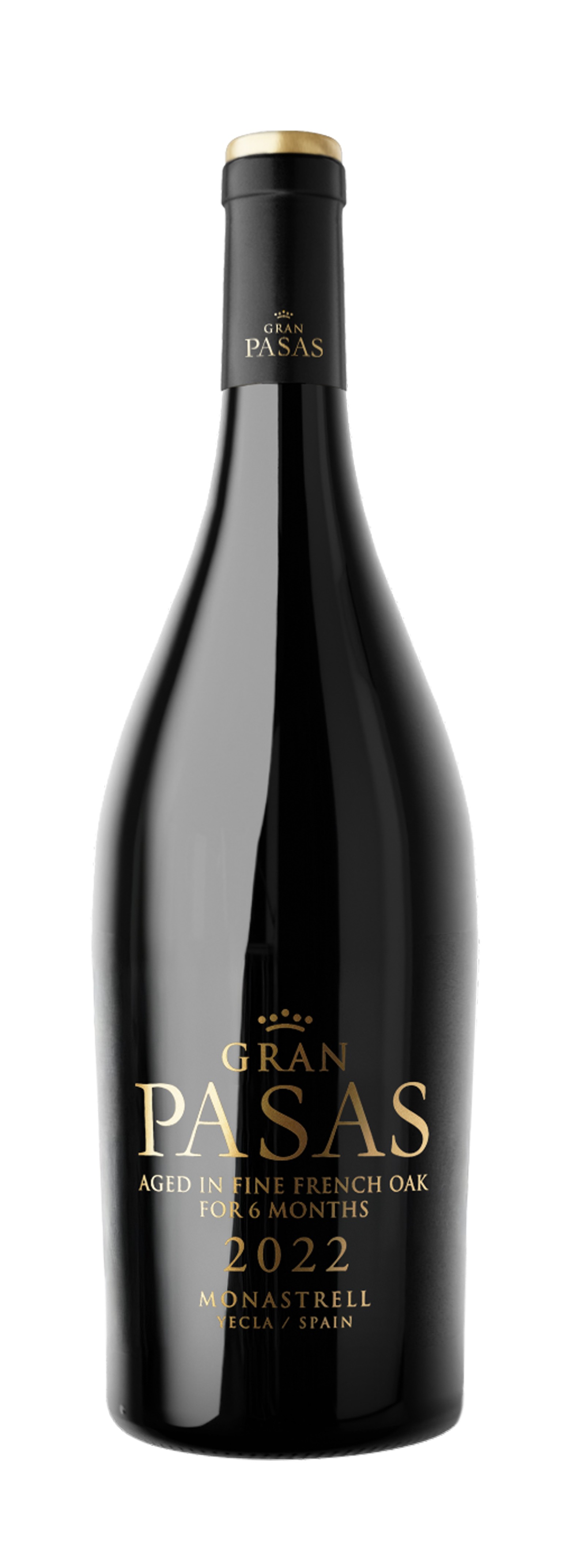
Hammeken Cellars And D.O. Yecla
Macabeo, Garnacha Tintorera, Tempranillo, Merlot, Cabernet Sauvignon and Syrah.
But there is one above them all: Monastrell. The absolute protagonist of Yecla wines.
Wine was introduced in the area by the Phoenicians. And since, nothing—not even phylloxera, has managed to banish it from Yecla.
Why would that be?
Did You Know?
Monastrell grapes need lots of sun and natural irrigation. To this purpose, farmers leave enough space between the vines. This is the reason why Yecla has one of the lowest average yields in the world.
Monastrell adapts very well to droughts. Although its yield and production drop to a great extent, both get restored with the arrival of rainfall.
Yecla was not affected by the phylloxera plague. This implied its wines were greatly demanded in Europe at the end of the 19th century, boosting production in the area.
D.O. Yecla: The Ideal Terroir For Monastrell
Although wine has been present in the area for more than 2,000 years, the arrival of French traders in the mid-19th century marked the expansion of grape growing to its current supremacy.
The city limits cover an area of 607.7 km2. Fields are mostly dedicated to vineyards, though olive trees, almond trees and cereals are also grown.
A Few Figures
535 to 800 m
Above sea level.
Yecla is located on a relatively high plateau, surrounded by many mountains.
Up to 20ºC
Of daily thermal oscillation.
Plus long, cold winters and hot summers. A winning combination for grape ripening.
3.335 hours
This is the average annual number of sunshine hours.
An almost-desert area where annual rainfall does not reach 300 mm (usually storms).
And the outcome:
Yecla’s dry climate favors vineyard organic management, so pesticides are hardly used.
In addition, the poor, sandy soil with a high-limed content subsoil favors water retention—much needed during the dry ripening season.
Favoring The Creation Of Champion Wines
-
 DO YeclaRed wine
DO YeclaRed wine -

Gran Pasas Monastrell
DO YeclaRed wine